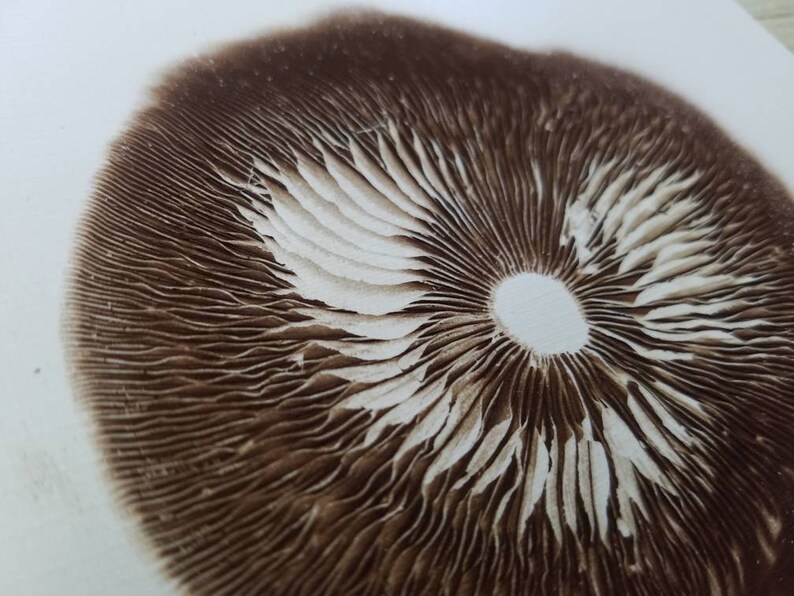
This typically entails putting the spore-ejecting surface of the mushroom against another surface. However, there are still many ways to go about it. Making these prints is a relatively straightforward process. So, how does one go about collecting these prints? How Do I Make a Spore Print?Ī spore print is what you get when you “capture” a mushroom’s spores with a piece of paper or similar material. You also get to collect the spores in a way that doesn’t taint or contaminate the sample.

Collecting these the right way allows you to preserve that unique print of the mushrooms. So with a spore print, you essentially have a storable supply of a mushroom’s “seeds.”īut, to get your spore print, you must follow a particular collection method. So it only makes sense that the spores are built to resist the conditions of the outside. This is because mushrooms spew their spores out into the environment. As spores are a mushroom’s way of reproduction, they’re pretty hardy little things. However, a spore print also has uses other than for identification. This is to help you better identify the specimen you are examining. The spore print can only help supplement your information. By taking a closer look with a microscope, you can identify the spore print species.īut, it is worth noting that you cannot identify a mushroom only using the spore print. Think of it as the mushroom’s fingerprint. This is like how each kind of shroom has its physical characteristics. You can determine what kind of shroom is by identifying its particular characteristics.Īnother way you can go about it would be to look at the magic mushrooms spore print. Each has its unique physical characteristics. There are several magic mushroom species out there. One of the most common ways would be to do a visual inspection.


When identifying magic mushrooms, there are several ways to go about it.


 0 kommentar(er)
0 kommentar(er)
